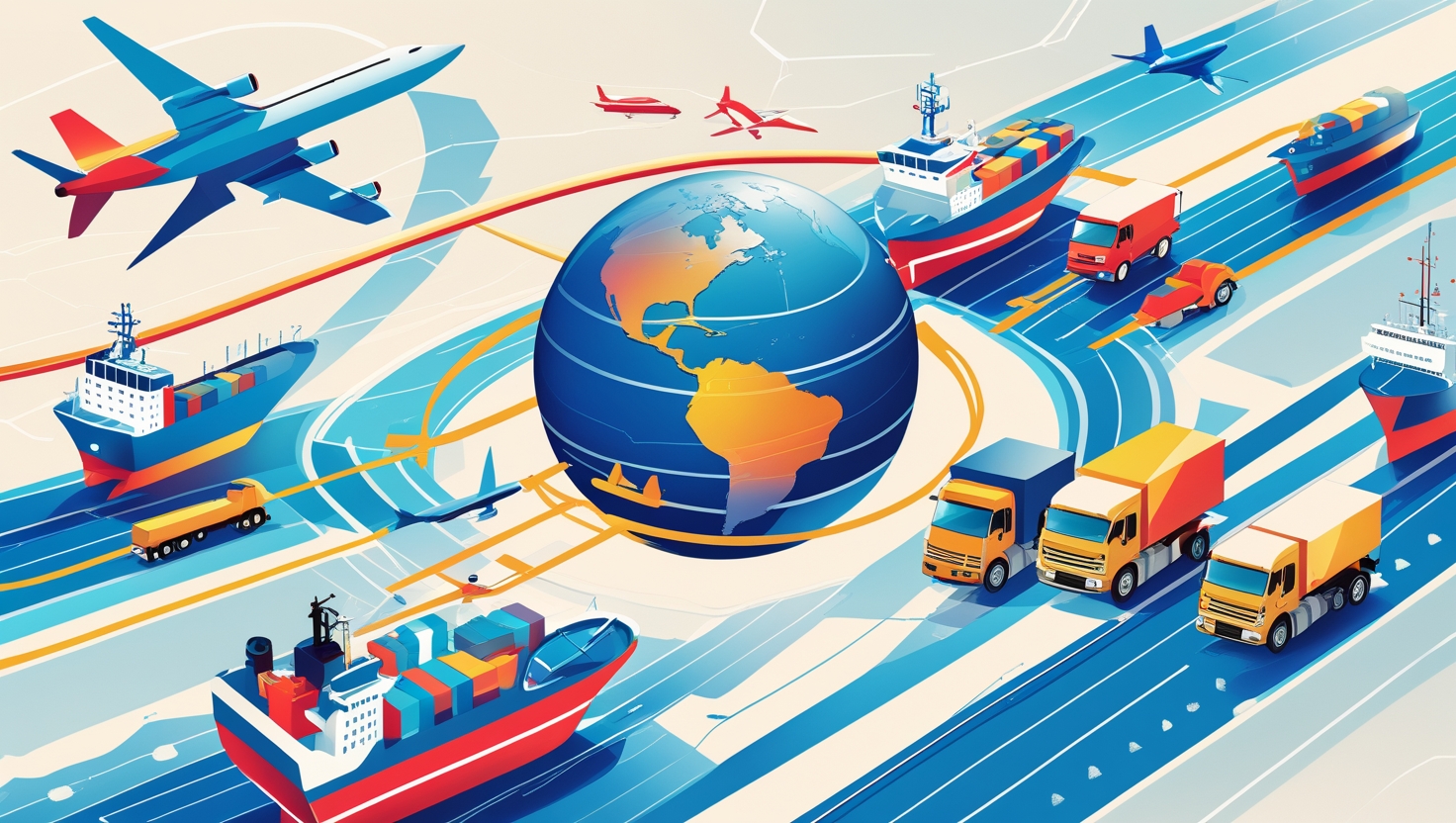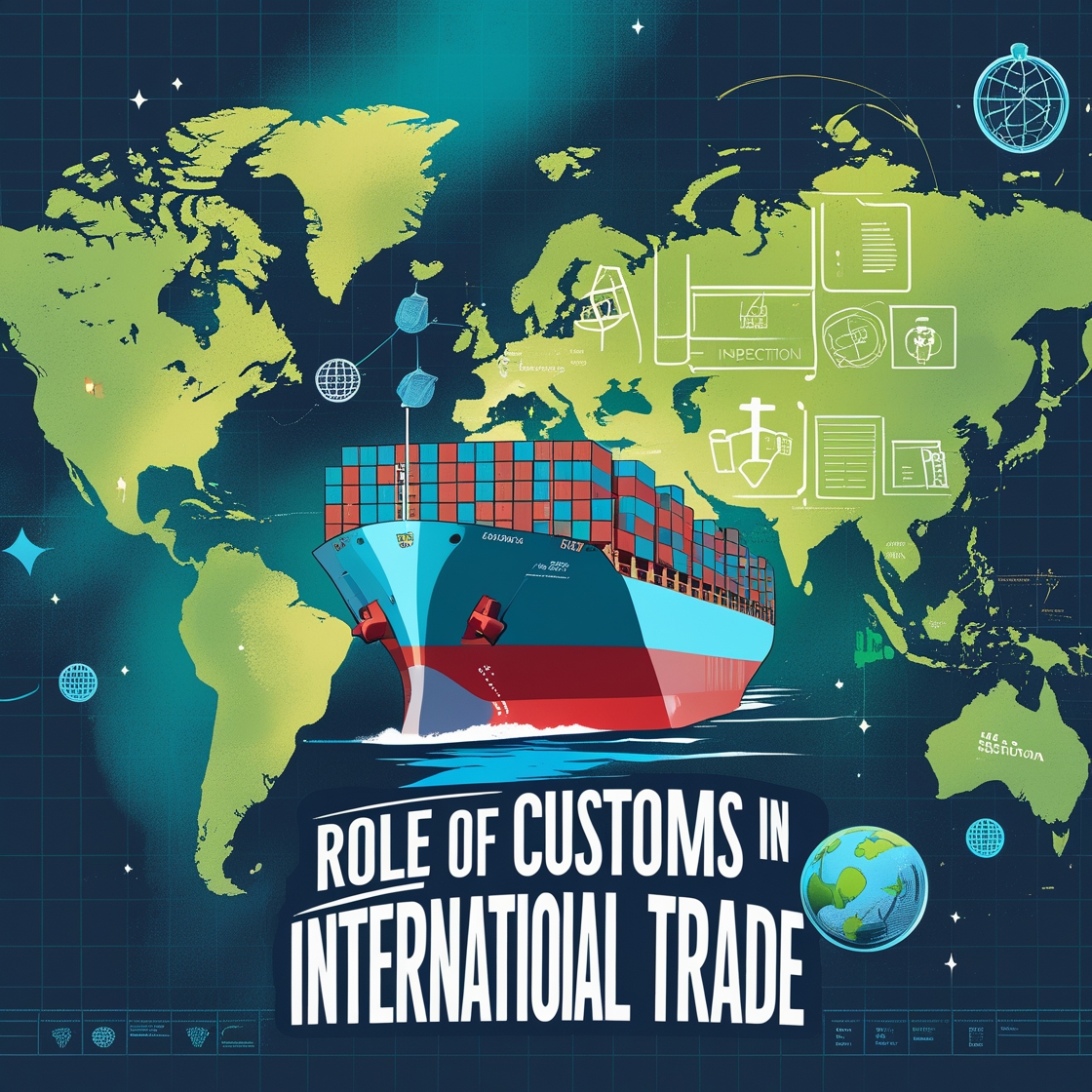As international trade takes the spotlight on the global economy, international shipping has become more important than ever. International shipping makes it possible to reach customers in different corners of the world. It is equally important for small businesses as well as large conglomerates. Logistics is vital in any success of any world wide business. With a deeper understanding of international shipping, business owners can tune their strategies to provide the best service to customers when it comes to product delivery. Here, we will discuss international shipping in depth.
Understanding International Shipping
Transfer of goods from one country to another through land, sea or air is international shipping. It can be as simple as ordering a product online from another country to as complex as exporting a large quantity of goods to international markets.
It’s been almost two decades since e-commerce has come to the business scene. But it is still seeing a substantial amount of growth. E-commerce sales in 2024 will reach approximately $6.3 trillion. It is an 8.4% increase from the previous year. Moreover, as more and more businesses adopt the e-commerce model, sales are likely to increase in the coming years. As a result, global shipping has become essential to the supply chain of products.
Recent studies by the Baymard Institute point fingers at the key factors that are hindering the growth of e-commerce. The first one is the high shipping cost. Almost 48% of consumers tend to leave their carts as they reach checkout due to the high shipping charges attached to the delivery. In addition, around 24% of shoppers abandon their carts due to not having a clear delivery timeline.
It has also been revealed that businesses that provide efficient shipping are likely to generate 20% to 30% more returning customers than businesses that fail to deliver products efficiently. So, it is important to understand the complex process involved in international shipping in order to improve business growth.
Steps Involved in International Shipping
Shipping Requirements
First, note down what sorts of amenities you are looking for in international shipping. Some of the factors to consider are:
- Product Destination: Where do you want to ship your goods? Different countries have different customs regulations for shipping products. So, knowing those sets of rules will help you create a plan.
- Shipping Speed: As a business owner who needs to ship products or just someone sending products to your homeland, you can decide what you want. You can choose faster delivery with express delivery or standard delivery, which will take a regular amount of time. Express deliveries come with an extra charge.
If you are shipping products to Europe from the USA, it usually takes 10-16 business days with standard delivery. On the other hand, express delivery takes 3-5 days.
- Product Type: Various countries have special regulations for certain products. Some countries might consider a certain product illegal, whereas others may consider them to be legal.
Choosing the Shipping Carrier
There are various international shipping carriers to choose from for shipping your products. Some of the popular carriers are UPS, FedEx, DHL and USPS. In 2024, DHL handled over 1 million shipments per day in 220 countries. Some of the key points you should consider before choosing your carriers are:
- Shipping Rates: Depending on the size and volume of your products, the shipping rate will vary.
- Service Coverage: Make sure the carrier you are choosing for delivery operates in the region.
- Delivery Guarantees: Carriers offer insurance with an additional fee to make up for delays and lost items.
Prepare Documents
Most of the delays that happen in customs are inadequate papers for exports and imports. The lack of proper documents raises alarms about illegal products within customs. This can lead to serious consequences such as fines and even confiscation of goods. Some of the documents you should keep an eye on are:
- Commercial Invoice: This is an in-depth record of transactions between parties.
- Packing List: This informs what kind of products your shipment contains.
- Bill of Lading: It is a legal document for the shipper and carrier.
- Customs Declaration Forms: It’s required for customs clearance.
Packaging and Labeling
Various shipping companies require you to package the product with proper labelling to comply with regulations. Proper packaging enables safe delivery of products. So you should use durable materials for your packaging as your products are in for a long ride. Labelling properly ensures your product reaches the final destination without any hiccups. So, you should provide the correct address and barcodes for the product. Moreover, you should include signs for products that are fragile and hazardous in nature.
Customs Clearance
There are various regulations to comply with when shipping to various countries. Customs rules and regulations are different for different regions. Some of the key points in customs are:
- Duties and Taxes: Various countries impose different levels of import duties and value-added taxes on the products.
- Harmonized System Codes: Customs are able to classify your products based on these codes.
- Customs Brokers: If your business takes up most of your time, you can hire a customs broker who is more familiar with international shipping for ease.
Tracking and Delivery
Carriers give a unique tracking number to senders to track their goods during delivery. Last-mile delivery is where the product is taken from the carrier warehouse and taken to the receiver. This part is the most intricate and expensive of the delivery process.
International shipping is complex in nature. But you can make it simpler by understanding the process. First, you have to note down the requirements and then choose the right carrier to provide shipping in compliance with the law. By following the process mentioned above, your shipping journey will be a lot smoother.


